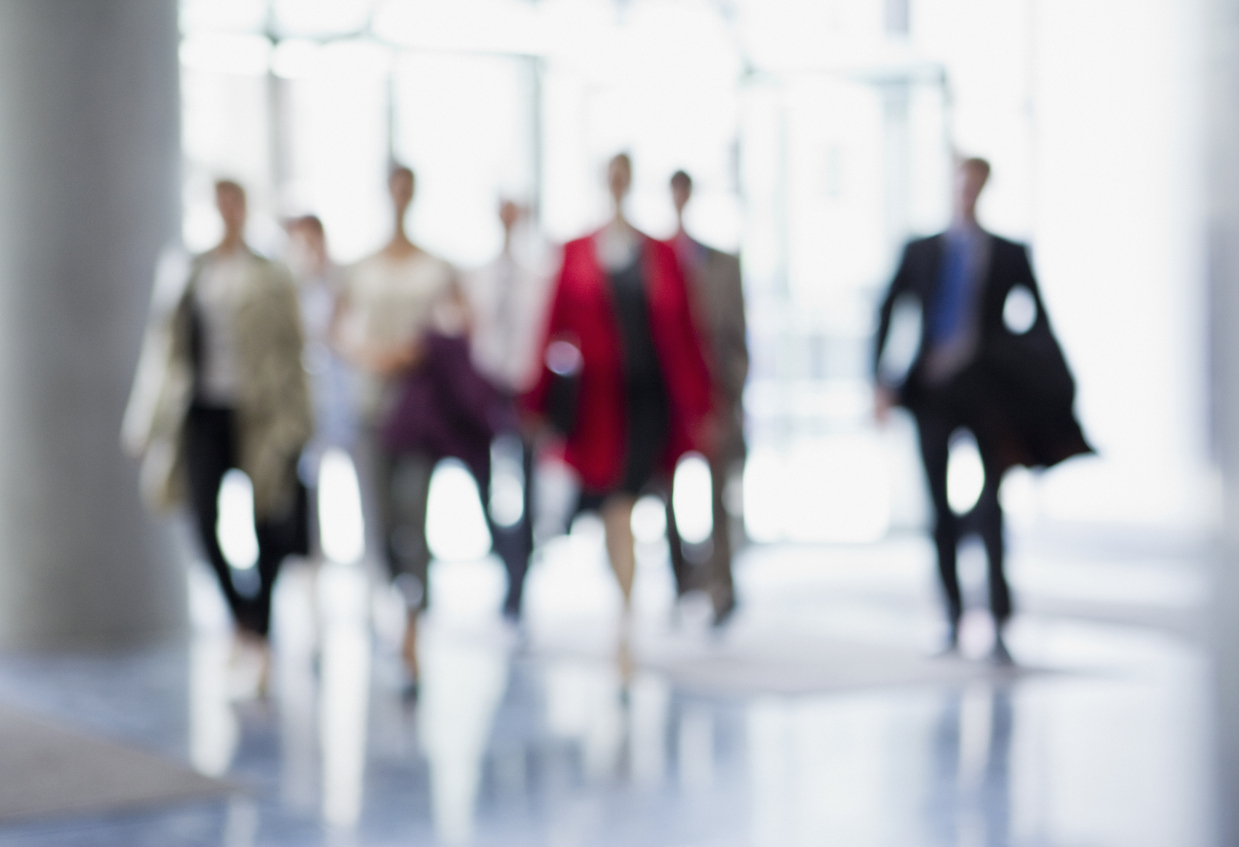Office-building use has been slowly rising after a number of businesses required employees to return at least part of the week. In other cases, workers are returning voluntarily with summer vacations over and their children back in school.
The number of workers returning to traditional office space has been edging higher since the week of Labor Day, when an average of 31% of the workforce was back in the 10 major cities monitored by Kastle Systems. The average hit 35% during the week that ended Oct. 1 and 36% during the week that ended Oct. 8, a new high during the pandemic period, said the security company that tracks access-card swipes.
Office usage looks poised to push higher as more companies indicate they will be welcoming office workers back in the weeks ahead. BlackRock Inc., Whirlpool Corp. and Lions Gate Entertainment Corp. are among the companies that set return dates for October and early November.
There are things we can accomplish together in the office that we can’t do remotely,” Lions Gate Chief Executive Jon Feltheimer wrote in a message to employees, who are required to begin alternating between the office and working at home this month.
Those return figures are still modest compared with the lofty expectations of the spring, when rising vaccination rates led many companies to say that a majority of their employees would be back at their desks at least part of the time in the early fall. Manhattan employers projected that 62% of their workers would be in the office by September, according to a survey released in June by the Partnership for New York City.
The spread of the Delta variant changed that. Businesses were forced to shelve reopening plans. Many workers who had returned to the office went back to working remotely, and office use dipped.
Now, infection rates are falling again—in part because many companies and local governments are mandating vaccinations—gradually easing workers’ concerns about working inside with colleagues.
The rise in office occupancy has been particularly pronounced in New York, where usage increased to a pandemic high of 30% during the week ended Friday, up from 21% at the beginning of September, Kastle said.
That rise reflects the city’s high vaccination rate, reopening of schools and the large number of companies in the finance business, according to Mark Ein, Kastle’s chairman.
Banks, private-equity firms, hedge funds and securities firms are among “the most adamant about getting people back,” he said.
The New York offices of engineering firm Thornton Tomasetti are about one-third occupied these days, compared with below 20% in August, said Michael Squarzini, the firm’s co-chief executive. “There’s definitely been a gradual increase of people to the office post-Labor Day,” he said. “We always knew it was going to be slow.”
In other parts of the country, the Delta variant has kept return-to-office rates in check. For example, Austin, Houston, Dallas and other Texas cities have remained at the top of the list throughout most of the pandemic. But during September, the return rates in these cities flattened out in the high 40% range, a reflection of the relatively high infection rate in the state and hurricane season, Mr. Ein said.
The emptying out of U.S. office space for most of the pandemic has been painful for restaurants, stores and other small businesses in office districts throughout the country. Some of these have now begun to benefit from workers trickling back.
Business is back to over 60% of what it was before the pandemic at Oceana, a Midtown Manhattan restaurant that relies heavily on the office crowd with corporate accounts. “If you were to come here Wednesday or Thursday night, you would look at me like: ‘What pandemic?’” said managing partner Paul McLaughlin.
But Nikita Shimunov, who owns First Class Barber Shop near Grand Central Terminal in Manhattan, said he has barely noticed any difference. Standing outside his shop at lunchtime on a weekday last week, he tilted his head toward the empty chairs inside.
“See: lunchtime. Nobody. Before the pandemic it never used to be like this,” he said. “If it’s going to stay like this another five-six months, we can’t hold on.”
Few expect a surge in office workers returning for the rest of 2021. Companies such as Alphabet Inc.’s Google and Wells Fargo & Co. have delayed office openings until the beginning of 2022. Other businesses will likely opt for early next ye
Law firm Akin Gump Strauss Hauer & Feld was among the businesses to delay reopening plans. The firm’s new policy: Rather than choose a date in the distant future, it recently told employees that it would simply give them three weeks notice before asking them to return to the office.
“It was time to get out of the prediction business,” said Kim Koopersmith, the firm’s chairwoman.
Even after most companies decide it is safe to return to the office, chances are that office space won’t be filled as it was before the pandemic. Some companies such as accounting and consulting firm PricewaterhouseCoopers LLP plan to let large numbers of employees keep working remotely indefinitely.
Others are embracing a hybrid model that allows workers to split their time between traditional offices and home. BlackRock told employees last month in a memo that when the offices reopen in November, workers will have the flexibility to work as many as two days a week from home.
“No longer bound by the traditional ways of working, we have learned valuable lessons on how to reorganize both our work and our workplace,” the memo said.













